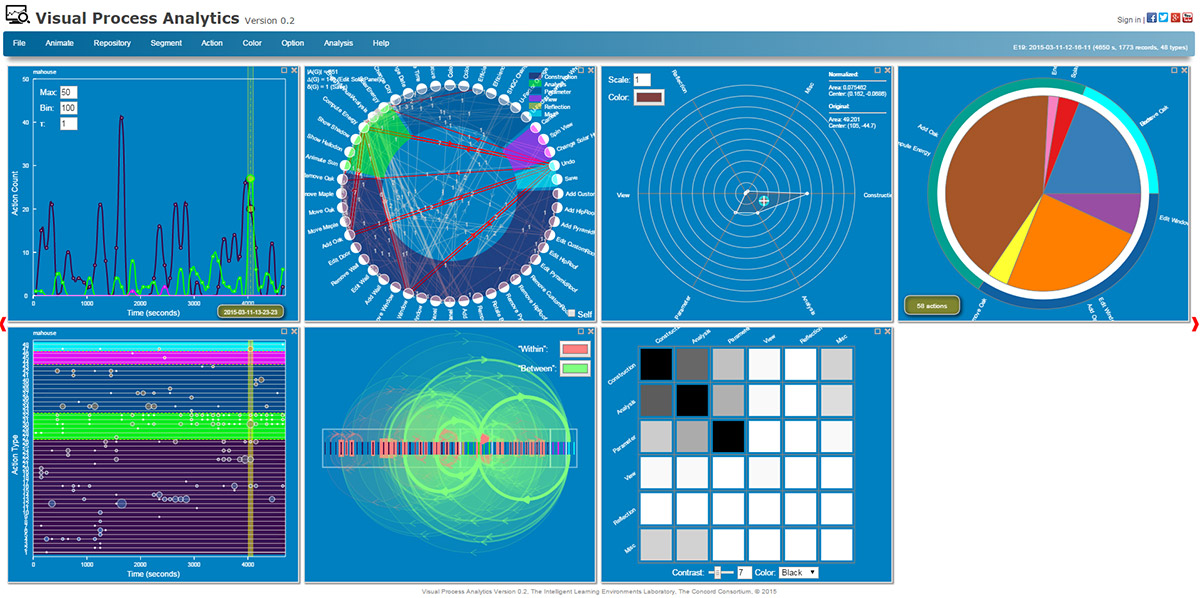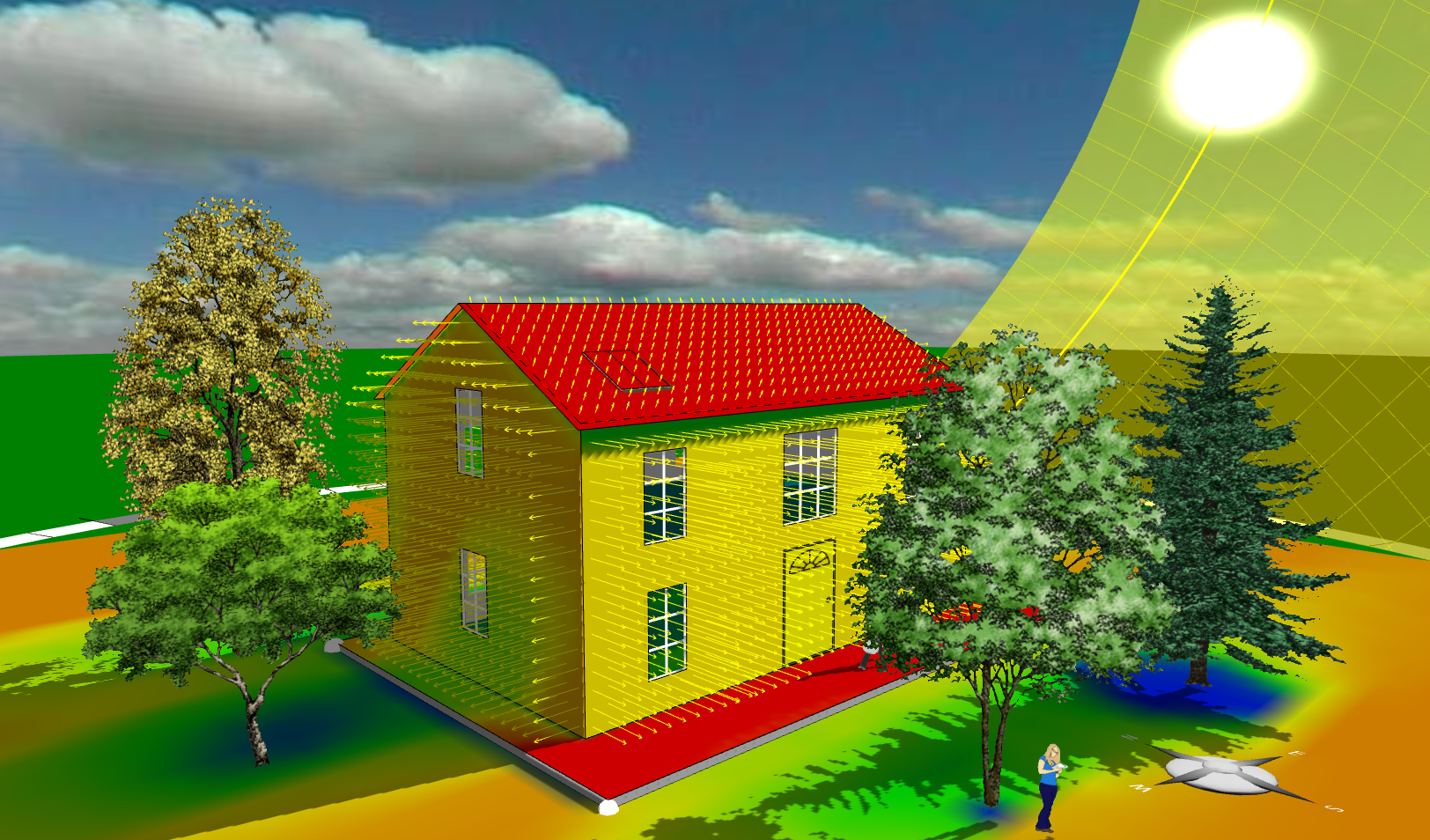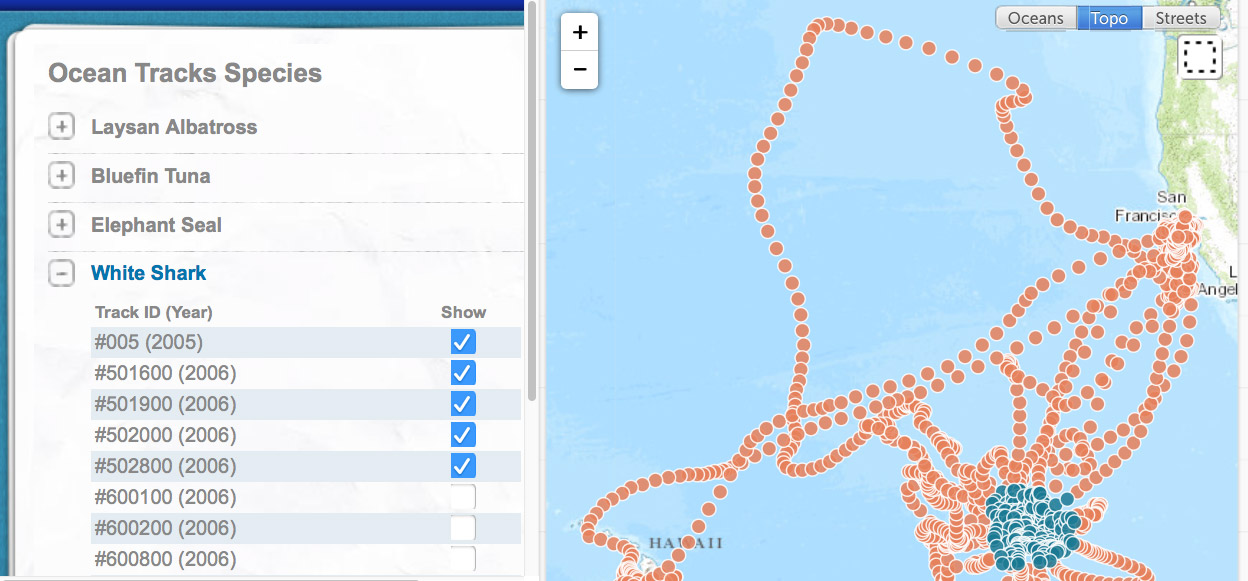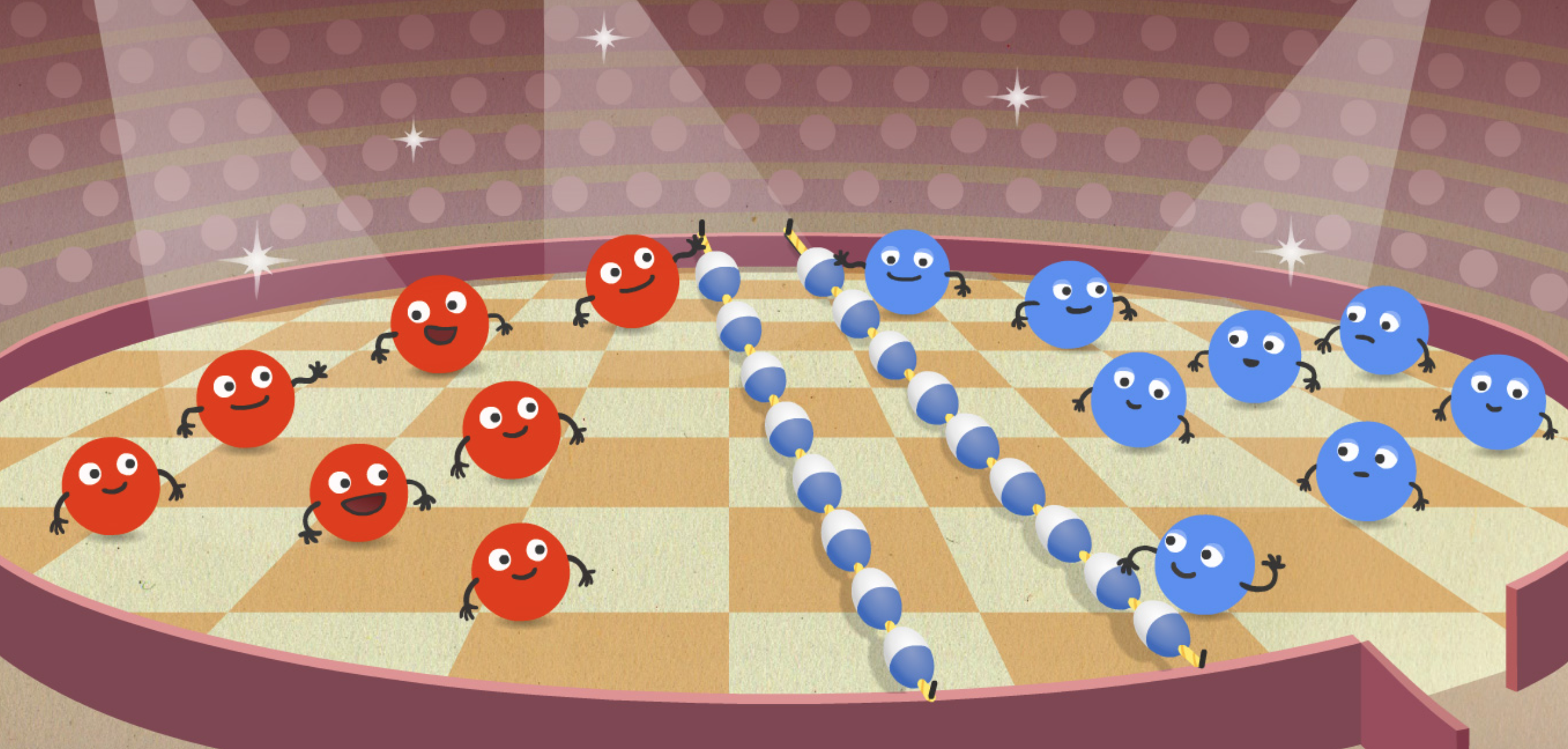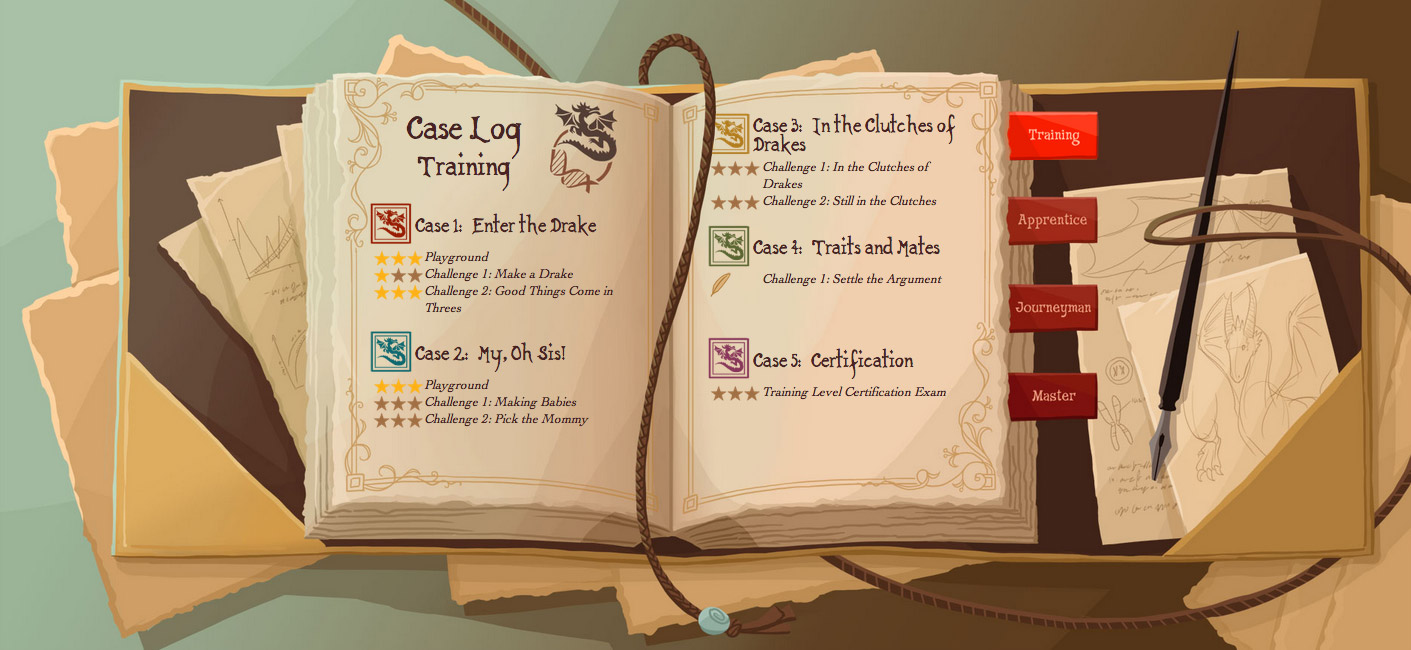Visual Process Analytics, Building the CODAP Community, Interactions and Energy: Big Ideas That Link Science Concepts, and more in Fall @Concord
Perspective: Data: A Wider View
As we enter an age where data seems to be everywhere, both educators and education researchers are becoming aware of its power. Yet our current view of data is highly limited. We have only begun to conceive of the possibilities that multiple forms of data can offer for teaching and learning. We will need imagination to envision all the novel ways data can empower education and fuel innovation. To fully understand how data stand ready to transform teaching and learning we must think broadly and look far ahead.
Visual Process Analytics
Analytics has never been more important to our economy than it is today. According to a 2014 article in Forbes, “Business analytics is now nearly a $16 billion business for IBM, on track to reach $20 billion in 2015.” Business analytics research has produced technologies for transforming large quantities of data into meaningful information used for making business decisions or developing business strategies with an unprecedented speed and accuracy.
Monday’s Lesson: Designing an Energy-Plus Home
Are you looking for high school engineering design projects that meet the requirements of the Next Generation Science Standards (NGSS)? Do you need free, high-quality software and curricula that engage students in solving complex real-world problems like scientists and engineers and yet can be easily implemented? Do you want students to be more technically prepared to tackle energy and environmental issues in the future? If you answered “yes” to these questions, this lesson is for you.
Building the CODAP Community
Over the past several decades our society has come to rely on data for nearly every aspect of its functioning. Not only is the amount of data generated each day beyond comprehension, no significant problem facing us—from traffic gridlock to climate change—can be solved without the help of people who understand how to work with data. However, “data scientists” are in short supply. Our goal is to create a community of curriculum and software developers committed to ensuring that students from middle school through college have the knowledge and skills to learn with data across disciplines.
The Land of Bump
Over the past two years we have conducted dozens of interviews with groups of children in kindergarten through second grade to find out if new visualization technologies could help young students explain phenomena of temperature and heat scientifically. We discovered that these children readily accept the idea that the world is composed of tiny particles that are always in motion—a concept that is the fundamental building block for the kinetic heat model.
Interactions and Energy: Big Ideas That Link Science Concepts
Everything in the universe is made from atoms. Virtually all phenomena we observe around us are the result of interactions between atoms and energy changes associated with those interactions: static cling is the result of attractions at the atomic level; a hurricane’s energy comes from interactions between water molecules; colds caused by viruses and bacteria are disabled when molecules made by your immune system stick to them. Much of physics, chemistry, and biology can be traced to atomic-level interactions.
Dragons Fly Higher with New Projects
Dragons have been breeding on servers and in classrooms worldwide for many years at the hands of students using our Geniverse software to learn about genetics. Now they’re multiplying—and migrating to new topics and grade levels—thanks to two new projects funded by the National Science Foundation.
Innovator Interview: Janet Kolodner
Meet Concord Consortium Chief Learning Scientist, Janet Kolodner. Learn about her background in artificial intelligence and case-based reasoning, how she founded of the Journal of Learning Sciences, and more.
News at Concord Consortium
The latest news from the Concord Consortium in fall 2015: next step learning, building partnerships for education and speech research, data science games, and more.



